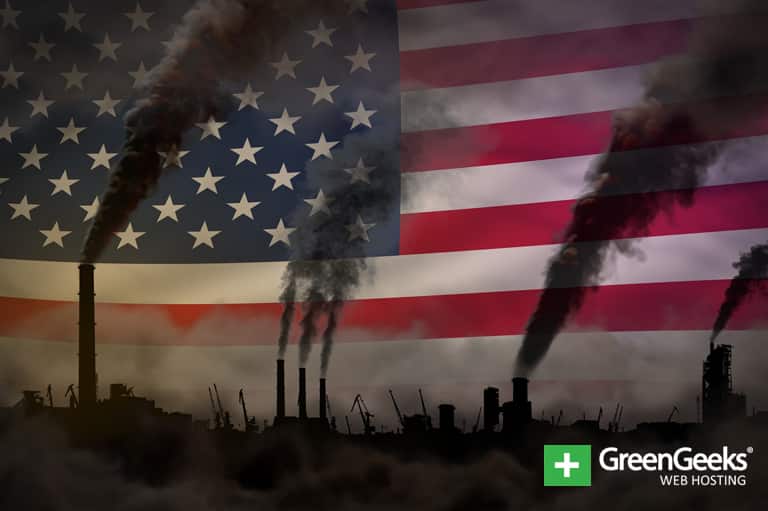According to the Annual Outlook 2020 report by the USEIA, United States emissions from the energy sector will only fall by 4% in 2050. This is nowhere close to the amount that emissions need to fall for the world to meet its climate goals.
The report is based on current economic and environmental regulations that are in place today. Thus, if we stay on our current course, our energy emissions will be almost identical for the next 30 years.
The biggest factor for this stagnation is that the energy demand will grow consistently during that time. This will result in improvements to efficiency to be completely outweighed by the demand for energy.
The Decline of Coal Is Why Emissions Decreased Recently

If you have been paying attention to United States Emissions, you may have noticed that they have been decreasing recently. This is largely due to coal usage dropping around the country.
Natural gas and renewable energy sources have made coal obsolete in terms of energy generation. All of these, including natural gas, produces fewer emissions than coal.
However, as the energy demand grows, natural gas is expected to pull the weight. Even though it is a cleaner source of energy than coal, when used in even greater quantities, it will be a serious problem.
Leaving the Paris Agreement
The United States will be leaving the Paris Agreement by this November. Upon doing so, it will be the only nation to not be a member of the accord.
As a result of joining the agreement, almost every nation is striving towards reducing emissions. However, the goals set in the Paris Agreement are not achievable without the United States.
The US is currently the second biggest emitter in the world, with China being the first. However, China has goals to become climate neutral by 2050, while the United States will remain the same.
This, of course, means the US will receive the infamous title as the biggest emitter in the world if we continue on this path.
Still Time to Change Course
The report is very clear. Only if we continue with our current policies will the United States fail to significantly reduce emissions. But there is plenty of time to change policies.


